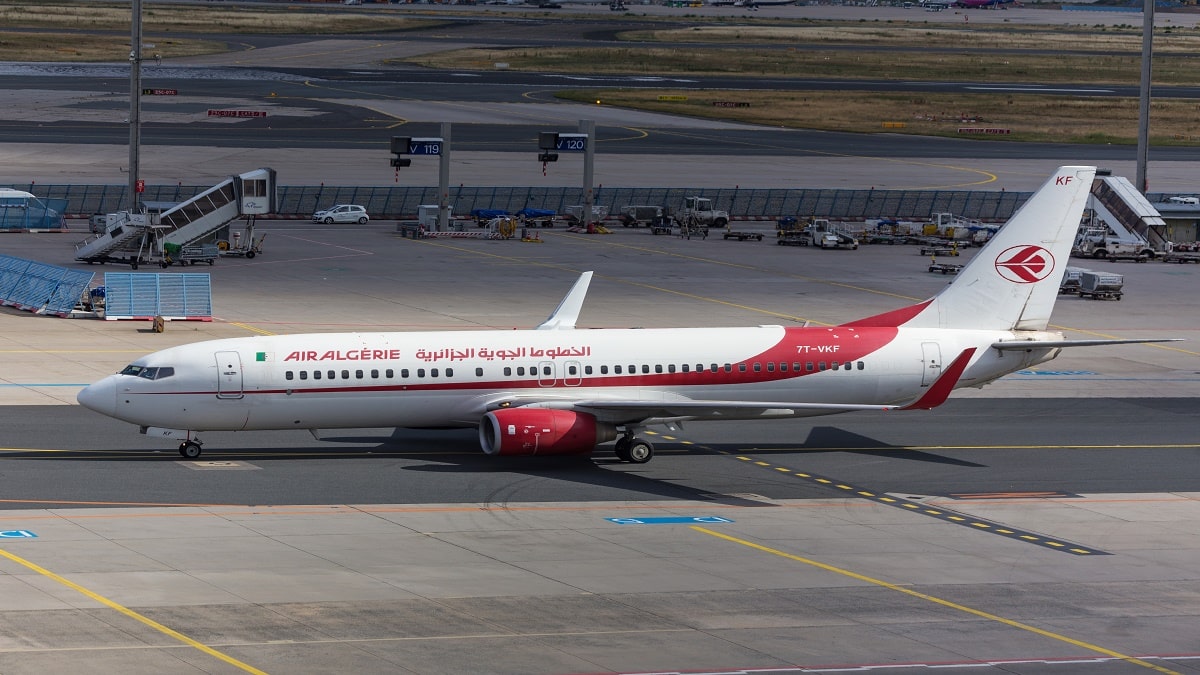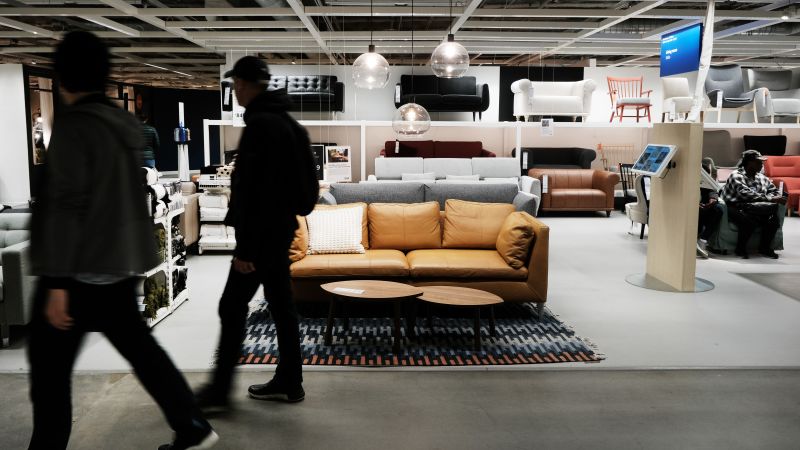
(Los Algodones) Millions of tourists flock there every year, but not for the sun or fine sand: in Los Algodones, a small town on the US-Mexico border, the main attraction for Americans is the dentists and their attractive rates.
This phenomenon is nicknamed “Molar City”, “Gateway City”. For more than 30 years, Los Alcodones has been serving America’s healthcare system to escape faulty or overpriced coverage. Fame built by word of mouth.
Around 300 dental offices and 600 practitioners are concentrated along the four main streets.
“We have the highest concentration of dentists per square kilometer in the world,” jokes one of the many touts posted at the border to provoke the border.
Bleaching, extractions, implants: Advertisements for various activities are displayed on almost every balcony or wall in this town of 7,000 people.
Small City also maintains a website, molarcity.org, to help patients organize their stay. Because despite fierce competition, demand is insatiable.
During high season, from November to March, Los Alcodones welcomes around 6,000 tourists each day, according to local officials. Throughout the year, about 2,000 Americans march daily from neighboring California, Arizona or New Mexico.
Unbeatable prices
All are attracted by the enormous “economic disparity,” Dr. Carlos Rubio, one of the pioneers of this mecca of dentistry, who opened his practice in 1985, explains to AFP.
For the average American, the prices are unbeatable. According to the 63-year-old practitioner, a graduate from both sides of the border, the distinction makes it possible to offset travel expenses during procedures that require multiple appointments.
“In California, my dentist wanted to put the equivalent of Tesla in my mouth,” says sixty-year-old René, who came in for four implants.
If he doesn’t cross the border, the procedure will “cost $57,000 (US),” exclaims this US-based Salvadoran VTC driver.
According to the University of Illinois at Chicago, a quarter of Americans lack dental coverage.
Public programs such as Medicaid do not systematically cover all types of dental care and are usually dependent on private insurance policies, which are tied to the goodwill of employers.
For many, insurance is often “not much, $1,000 a year,” sums up David Barry, a retiree who drives three hours from Arizona. “A crown or something like that, but for something big, it’s not ideal” to finance what.
The 64-year-old American has been receiving treatment at Los Alcodones for more than ten years. The first time he needed an implant and got there on the advice of a friend.
“At that point, my dentist asked me about $35,000,” he recalls. “Here, I had to pay six to eight thousand. »
“Quality” and “Safety”
But the tariff gap between the two countries is not the only reason pushing him back.
“In America, we think the quality is not the same here, but that’s not true,” he insists. “I feel that my local dentist’s equipment and lab are very advanced. »
In nearby Andrade, California, the parking lot near the border crossing is full early in the morning. Visitors are assaulted by the stench as soon as they step out of the car.
“Hi, does anyone need a good dentist today?” “A young Latin American says in English.
It’s a question repeated by three competitors on their way to the turnstile, crossing a wall built by the United States to control Mexican immigrants. But here, the traffic is in the other direction, with confusing simplicity.
No papers to present, no questions: only a barrier and a sign announce the arrival of Los Alcodones, “Founded in 1894.”
A dozen steps up, a medical paradise emerges, with a pharmacy, an optician and the first dental surgeries, before which crowds of people offer their services. A few restaurants and souvenir shops also have this sea of medicinal establishments.
Tourists, mostly elderly, move easily, despite recent reports of violence elsewhere in Mexico. Mr. feels “safe” in Los Alcodones. Like Barry.
“In this community, we don’t have that problem,” Dr. Rubio admits. “We live from tourism and we try to take care of it. »






